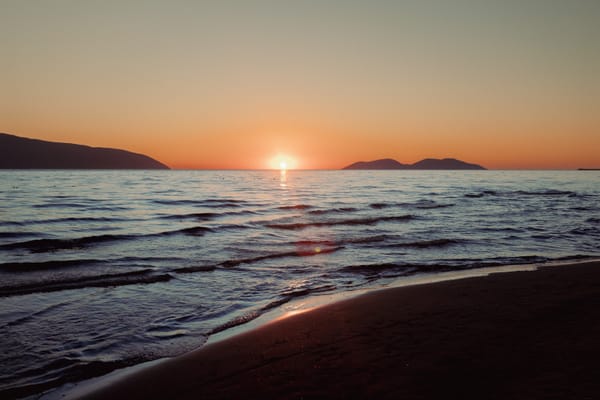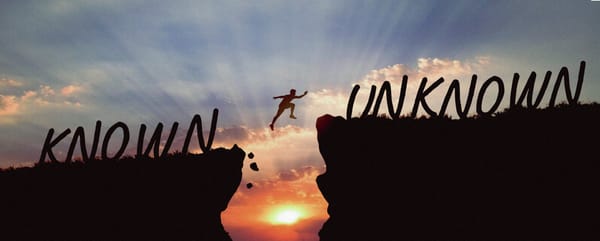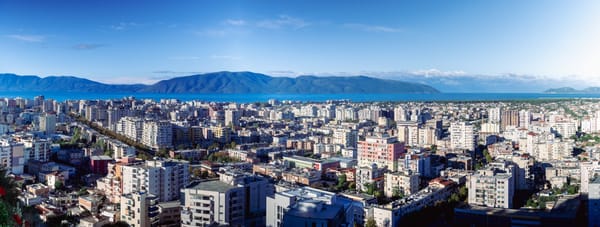Vlorë: Where History Meets the Horizon
For those of us over 50 looking to recalibrate, Vlorë offers a unique blend of ancient history and the calming, therapeutic presence of the sea.

A Crossroads of Sea and Stone
When we talk about designing a next chapter abroad, we often look for places that offer more than just a low cost of living. We look for depth. We look for a place that has stood the test of time, offering us a sense of perspective.
Vlorë is exactly that kind of place.
Stretching across the eastern center of its bay, Vlorë is favorably positioned at a strategic crossroads of land and sea routes. It sits protected by surrounding mountains that shield it from continental winds, looking out over a bay that serves as the meeting point of the Adriatic and Ionian seas.
The Lay of the Land
For the practical planners among us and those that prefer flat walking, Vlorë’s geography is a major asset. The central area and seafront is flat. It rises gently from this plain, with elevations varying from 6 to 76 meters above sea level.
It is a connected city, just 72 km by ferry from the city of Otranto in Italy and 120 km from the Island of Corfu in Greece. It’s about two and a half hours by minibus from Tirane. The opening of the new airport will have a significant impact on access. I heard a rumor that it may have a long enough runway to fly to New York, let's see.
it feels firmly planted in the Mediterranean fabric. With a massive coastline stretching 90 km—from the mouth of the Vjosa river down to the northernmost point of the Karaburuni peninsula—there is no shortage of space to breathe, walk, and think.
A Walk Through the Layers of Time
Vlorë was known in antiquity as Aulona, described by geographers like Ptolemy and historians like Lucan as far back as the 2nd century B.C. It has survived the rise and fall of empires, having been under Norman reign in 1081, the Republic of Venice in 1205, and later invaded by the Turks in 1417.
If you are seeking to understand its importance to Albania, you must visit the Monument of Independence. Standing 17 meters high in the center of the city, this sculptural complex marks the date of November 28, 1912, a powerful reminder that reinvention is always possible.
Just a short walk away, you’ll find the Mosque of Muradije. Built around 1542 during the rule of Sultan Suleiman, it was designed by the famous Albanian architect Mimar Sinan, one of the most renowned architects of the Ottoman empire. [While the old castle of Vlorë was ruined in the early 20th century to pave the streets, this mosque remains. With its cubic prayer room, distinctive brick-and-stone walls, and a minaret built of carved stone, it stands as a quiet witness to centuries of change.
The Watchtower: Kanina Castle
For a wider perspective—literally and metaphorically—we look to the Castle of Kanina. Perched on a hilltop 379 meters above sea level, this site has been fortified for 25 centuries.
Imagine the effort of the ancients who hauled massive stone blocks to this height. In the 6th century, during the time of Emperor Justinian, the town was named "Kionin" and served as a protective shell for the people against invasions. The medieval castle covers an area of 3.5 hectares, with walls that follow the ancient fortification lines. Standing there, looking out over the bay where the feudal family of Balsha once ruled, you realize that our current worries are just a small blip in the long timeline of this coast.
Nature’s Sanctuary: The Bay and Beyond
Ultimately, the draw of Vlorë is the water. The Bay of Vlorë is a natural shelter, 19 km long and 16 km wide, offering perfect conditions for navigation and anchorage.
Guarding the bay is Sazan Island, a rocky block separated from the mainland by the 4.8 km wide Mezocanal strait. Ancient geographers called it Sasson. It is a rugged landscape with steep slopes plunging into waters 15–20 meters deep.
And then, there is the famous Lion Fountain "Cold Water" (Uji i Ftohtë). Located just south of the harbor, this area has been a place of relaxation for centuries. In 1848, the artist Edward Lear wrote about the pleasure of lying on a rug here, enjoying the "ice-cold and pure water" that sprang from the rocks and poured into the sea.
Today, we can still follow Lear's example. Whether it's the coast of Jonufra, where the ruins of St. Onufri's church once stood, or the exotic beauty of the Karaburun Peninsula with its caves and bays like Gramata and Bristan, Vlorë offers endless corners for "slow travel". It is a place to stop rushing, to sit by the sea, and to simply be.
A Lesson in Endurance and History
Vlorë is more than a destination; it is a lesson in endurance. From the ancient walls of Kanina to the bustling modern waterfront, it teaches us that life moves in cycles. If you are considering a move, Vlorë offers a compelling mix of low-cost living and Albanian history. It is a place where you can spend your mornings tracing the steps of emperors and your evenings watching the sun dip into the Ionian Sea.
Taylor
Thank you for being here!
Ready to recalibrate? I’ve compiled the practical side of this journey—from grocery costs to locations—in my Field Notes. [COMING SOON].
Start imagining your richer life today.




